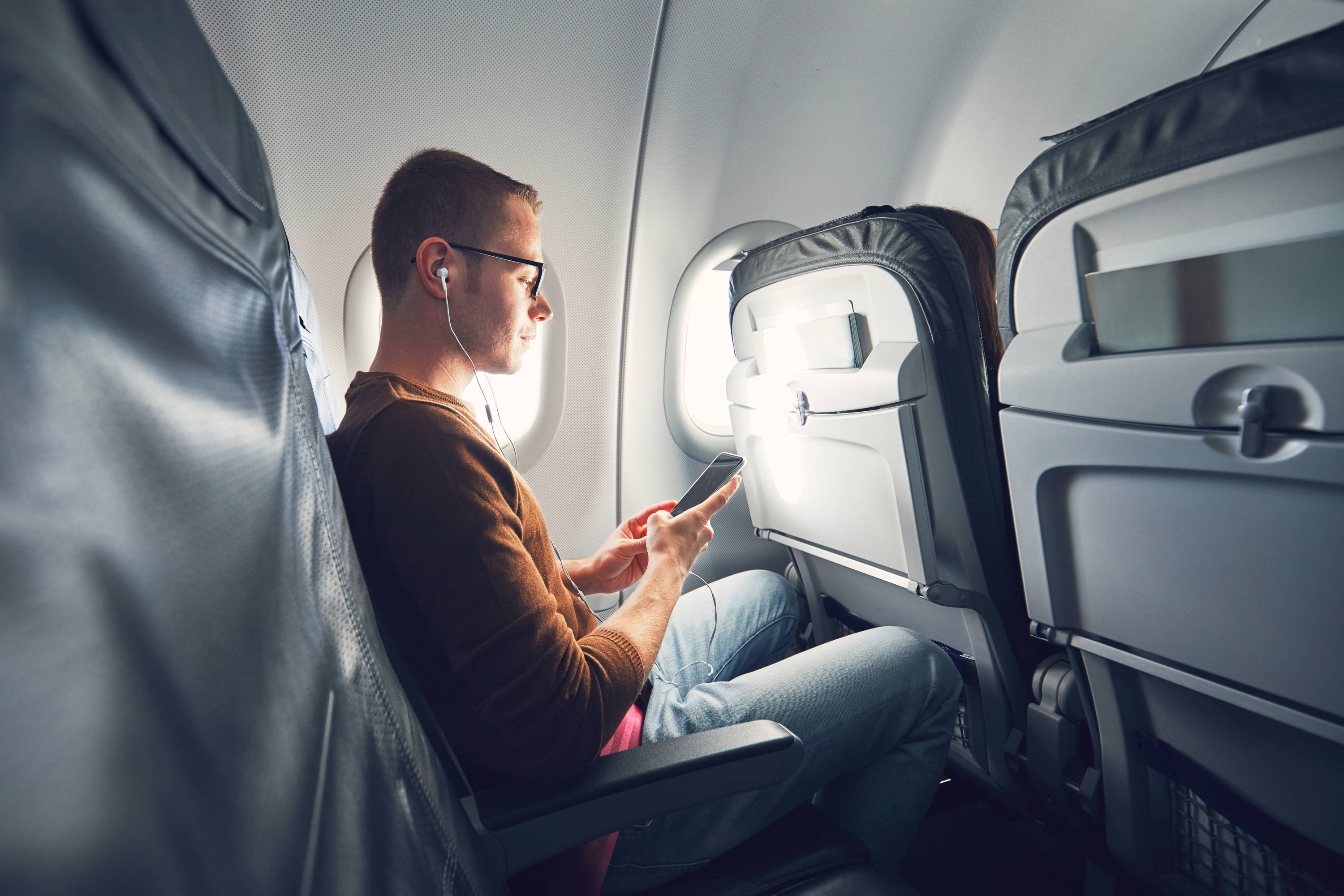
Why Are Compression Socks a Must-Have For Flying and Travels
june 12, 2023 | 3 Mins Read
TABLE OF CONTENTS
Getting in on long flights can be exhausting for your legs. Do you ever experience leg fatigue, fluid retention, or circulation problems after a long flight? If so, then you might benefit from wearing compression socks. Graduated compression stockings are designed to provide extra support to your legs and feet as well as stimulate circulation and prevent blood clots.
Most compression socks come in different levels of pressure ranging from mild to firm, which is beneficial for those who suffer from deep vein thrombosis or other circulatory issues. Wearing compression socks can help reduce leg fatigue, fluid retention and circulation problems that often accompany long flights.
With the right pair of compression socks, you can get through your flight in comfort and enjoy the rest of your journey without any pain or discomfort!
Swelling is due to the fact that your legs have been inactive for a long time, and the pressure in the cabin causes your blood vessels to become more constricted. This is also why you feel tired after a flight—your body is struggling to regulate blood flow effectively.
It's typically harmless, and discomfort usually subsides shortly after landing, but wearing compression socks when flying can help alleviate any pain or discomfort you may experience during the flight.
Some evidence suggests that compression socks can also help prevent the risk of developing DVT while flying. According to a review report by Cochrane Review in 2016, there is "high-quality evidence" that wearing compression stockings by airline passengers can reduce the number of symptomless DVT cases.
Compression socks, also known as compression stockings, are a specialized hosiery designed to help prevent the occurrence of and guard against further progression of venous disorders such as edema, phlebitis, and thrombosis. These socks work by applying pressure to your lower legs, helping to maintain blood flow and reduce discomfort and swelling.
Now, for the context of flying, individuals who may benefit from wearing compression socks include:
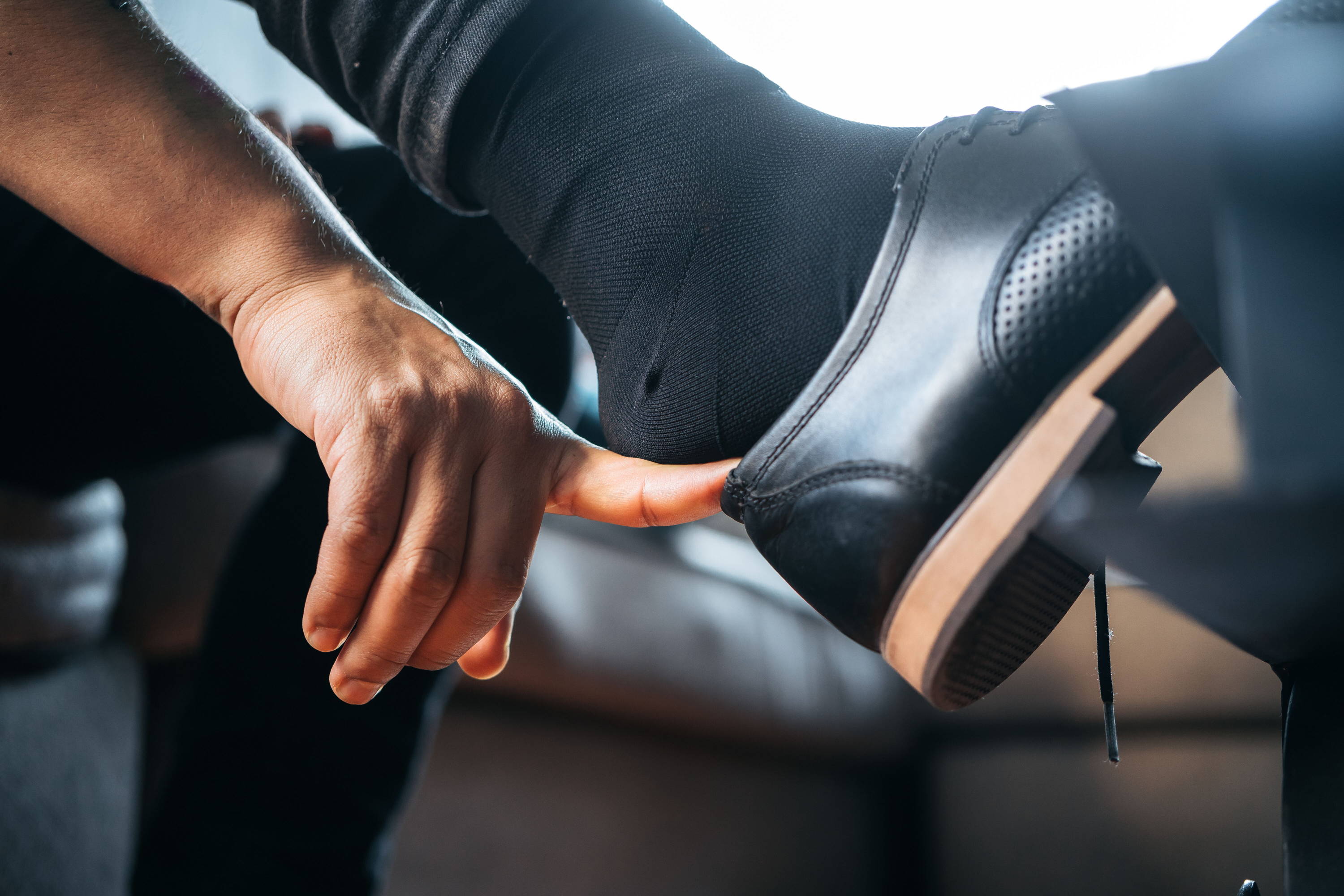
To maximize the benefits of graduated compression socks during air travel, it is advised to put them on before boarding the plane. This allows for the socks to exert their pressure and support right from the beginning of the flight.
Wearing it during the entire duration of the flight to prevent swelling and reduce the risk of developing DVT. We also recommend keeping the compression socks on for a few hours after the flight to provide continued support and aid in the recovery of your legs from the effects of prolonged sitting.
Learn more about the benefits of compression socks and when you should wear them.
Opt for knee-high compression socks that are lightweight, moisture-wicking, and breathable. These features are important for comfort, as they will keep your legs cool and dry during the flight. Look for socks made of superior-grade materials such as spandex and lycra that provide a snug fit without adding too much bulk or pressure on the legs.
When considering the level of compression socks needed for flying, it's important to take into account individual circumstances and any existing medical conditions. Here are some additional points to consider:
In addition to wearing compression socks, here are some additional tips to promote leg health during air travel:
At Koprez®, we offer a wide selection of quality knee-high compression socks for all sorts of activities. Constructed with premium features, such as:
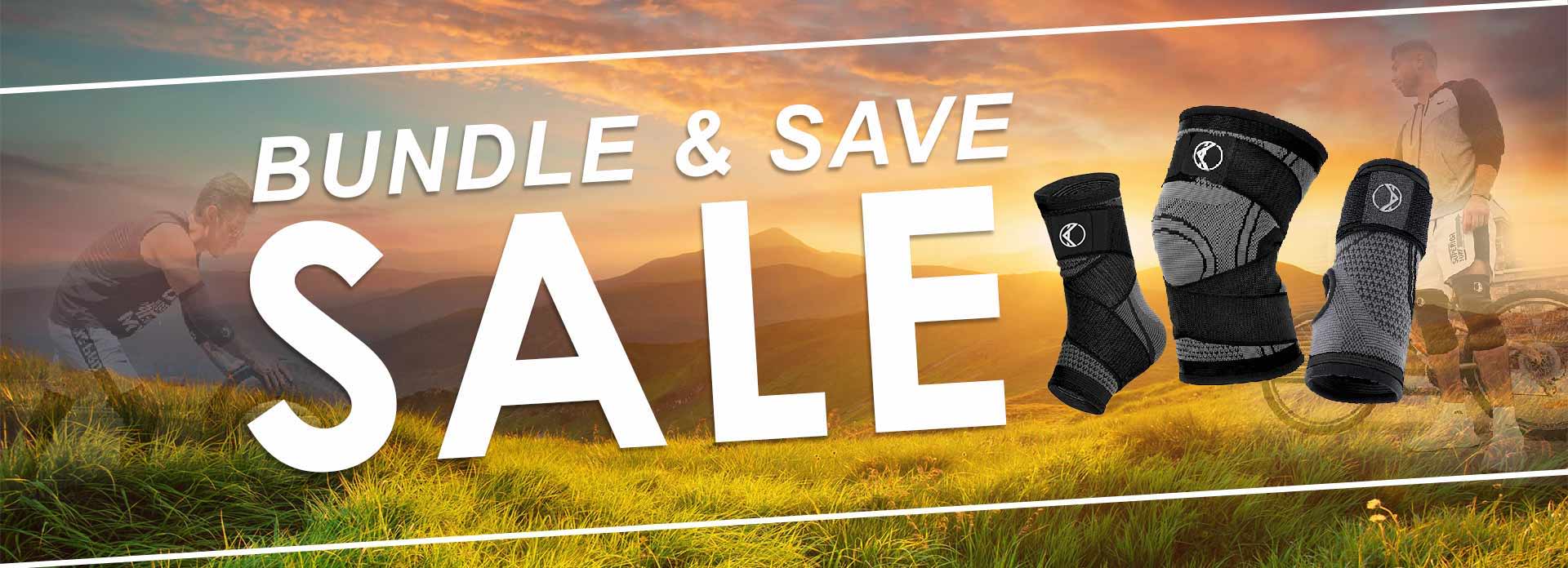





References
Author

Claire Evans worked as the content marketing manager at Koprez. Claire combined a background of writing and editing, marketing, and patient education to best serve consumers, fitness enthusiasts, athletes, and anyone who relies on the Koprez brand for helpful information.
Koprez® Featured Products
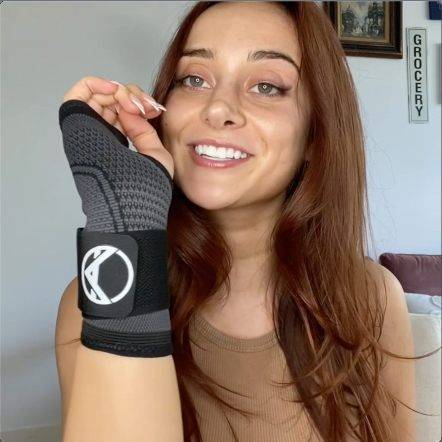

"I sprain my wrist super often, so I decided to try out this sleeve. This is game-changing! I've been using it for a while now, and my wrists feel amazing. I haven't gotten in any injuries since using it too. It just makes my wrists feel so supported."
Alexis A.
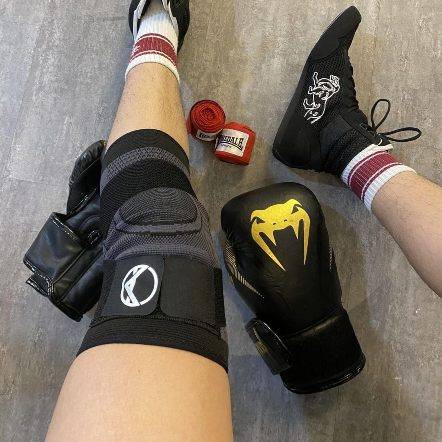

"Use this for my boxing training. It is a very comfortable brace and does not move out of position during skipping ropes and sparring sessions. I use it while running too. Probably the best brace I've purchased throughout the years. It is very flexible. Makes me look like a pro! :)"
Samuel L.


"I've just got back to running after a couple of years of being plagued by injury. These compressions socks are helping give me peace of mind while I build up my distance again. They are the perfect level of compression, super comfy, and very high quality. Feel great while on a run, and looks great in the orange colour I have!"
Dave R.
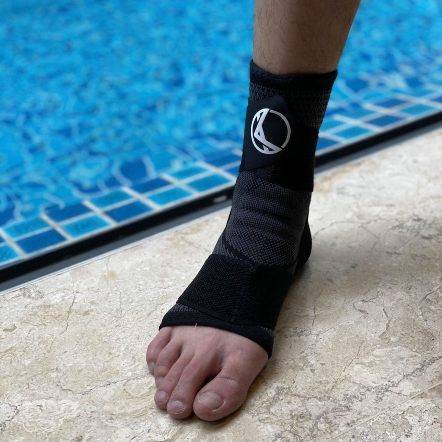

"I have a weak ankle, and the Koprez ankle sleeve has been a lifesaver. Wear it every day. Super breathable and comfortable. Like wearing a cool sporty looking sock!"
James F.
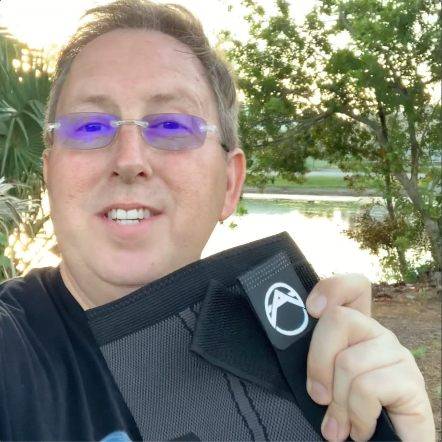

"This is the best knee sleeve I've ever tried. It's now a must-have for all my exercises. A few years ago, I had an accident that damaged my knees, but with Koprez I can be active again with no knee pains at all. It's been truly amazing!"
Alex M.
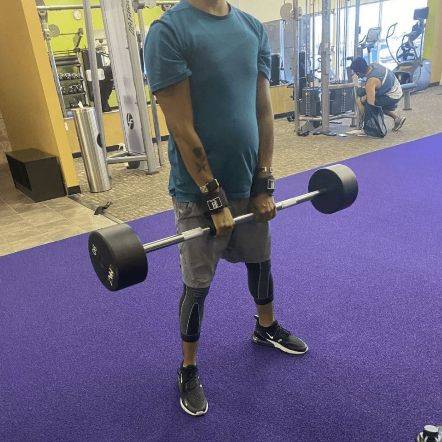

"One of the best purchases I've ever made. It fits your legs all the way from top to bottom, great snug fit, gives you support and definitely helps during rehab and training."
Rafael A.


"I had a minor elbow injury, and Koprez sleeve was super supportive and definitely helped me recover faster. I still use the sleeve to prevent further injury. So far, so good. Very comfortable and does not feel hot at all. Highly recommend!"
Corey B.
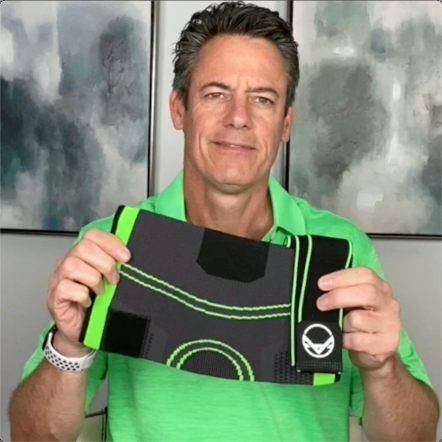

"It's really been a game-changer for me. It allows me to exercise a lot longer than I used to. Now my knees don't hurt, and they're not uncomfortable at all."
Mike P.


"Great product!!"
Harold
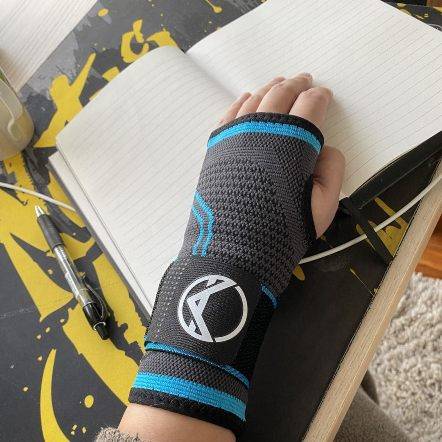

"I have carpal tunnel, and this brace has helped me work pain-free. Love the materials, and I can feel my wrists slowly getting better, even when I don't wear them!"
Christopher J.
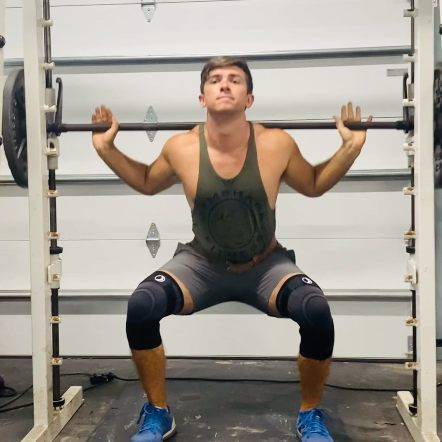

"I wanted to try out these sleeves to improve my squats and deadlift in the gym without worrying about injuring my knees. They stayed up throughout the entire gym session, and my knees feel super supported. Now I can do what I love for years to come. "
Corbin C.